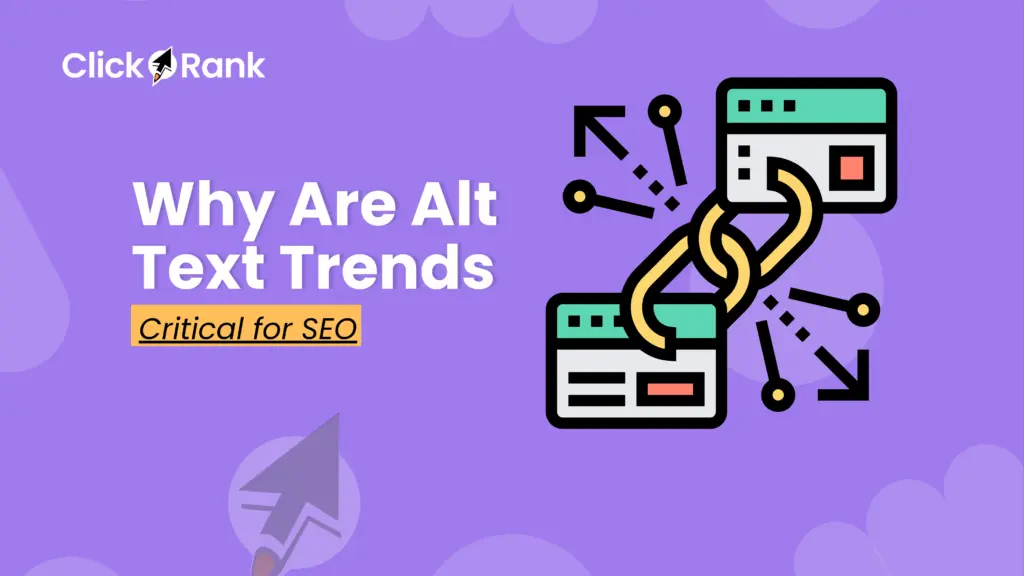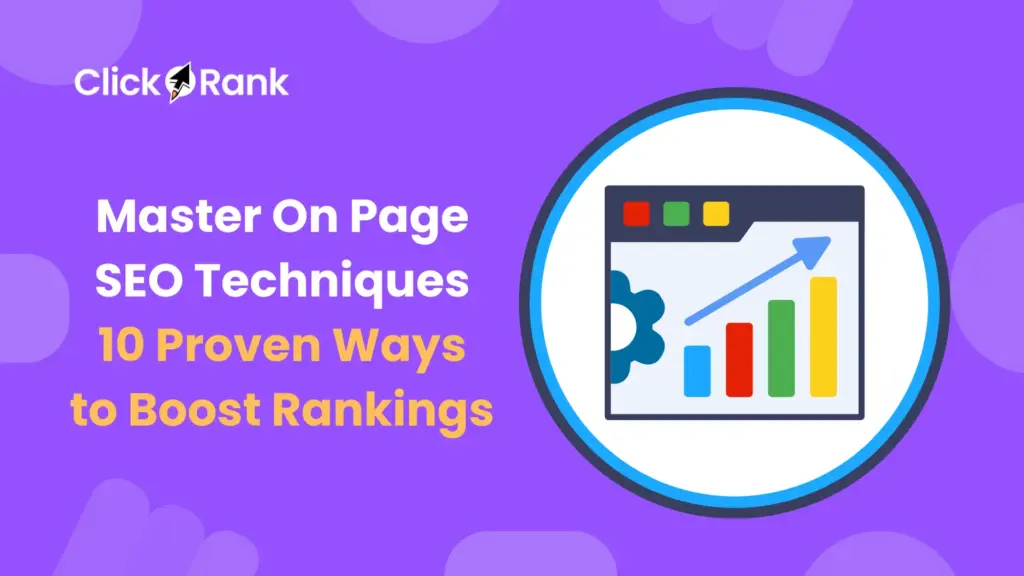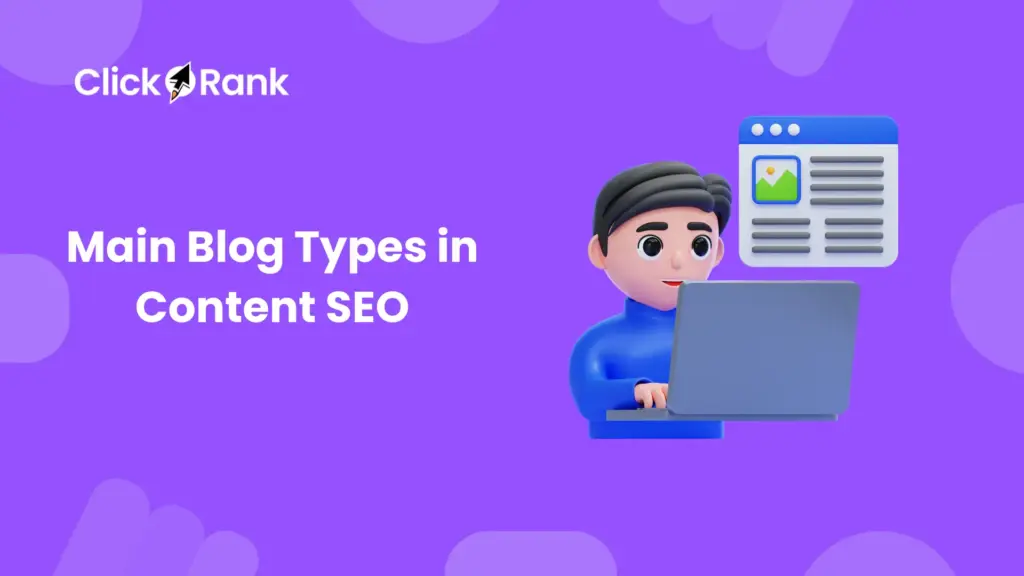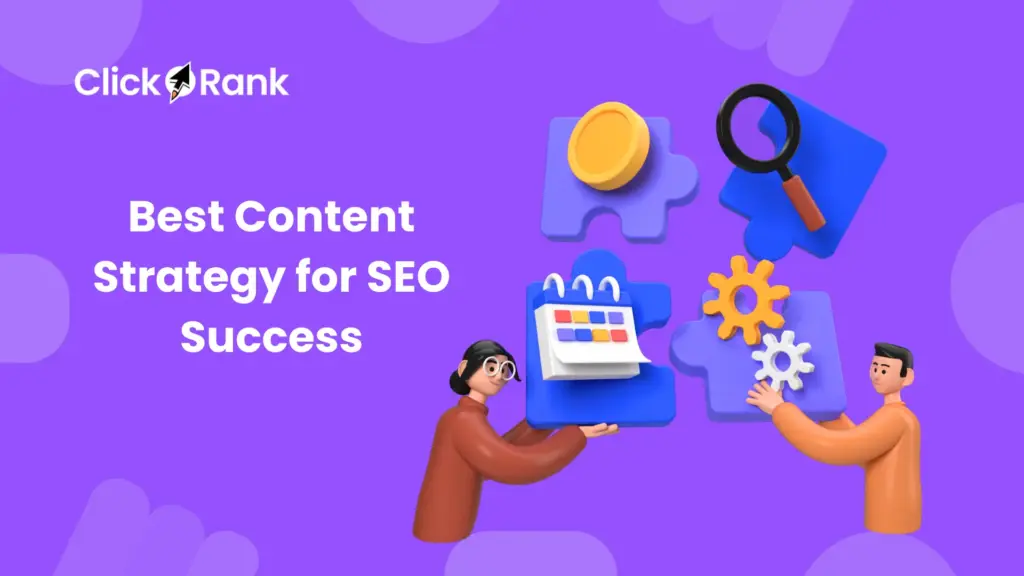Have you ever wondered why some images show up perfectly in a search, while others don’t? Maybe your best photos are invisible to search engines, and you feel frustrated because you’ve worked so hard on your website. I understand that feeling. I have seen that a lack of proper image optimization, like missing or poorly written alt text, is often the problem.
This is where an AI-powered platform like ClickRank can help. We can show you exactly how to make your images work for you. In this guide, I will walk you through the latest trends and practices for optimizing your images, so you can stop worrying and start seeing results.
What is Alt Text and Why Is It Important for AI Visual Search?
Alt Text is more than just a simple description of an image; it plays a crucial role in helping search engines understand the content and context of images. In AI-powered visual search, Alt Text enables better image recognition, ensuring that your images are indexed correctly by search engines. This, in turn, enhances your image SEO and ensures a better user experience, particularly for users with visual impairments.
What is Alt Text?
Alt Text is a simple description of an image that helps search engines understand its content. It also aids users with visual impairments by providing image context. This text is crucial for improving image recognition and visual search. Alt Text is the bridge between an image and its context in SEO, especially when used in AI-powered search engines.
How Does Alt Text Help AI Visual Search and Image Recognition?
Alt Text plays a pivotal role in enhancing AI-based image recognition. By providing clear descriptions, it allows search engines to better categorize and rank images. In AI visual search, accurate Alt Text can directly impact image search results and relevance, helping users find images more efficiently. This connection between Alt Text and AI is essential for improving the quality of search engine algorithms.
Why Are Alt Text Trends Critical for SEO and Visual Search?
Alt Text has become an essential element for improving image SEO and visual search performance. Search engines and AI-based visual search tools are more reliant than ever on well-optimized Alt Text to provide relevant results to users. By incorporating Alt Text best practices, you’re not just improving your image rankings but also enhancing your site’s accessibility, which is becoming increasingly important in modern SEO strategies.

The Role of Alt Text in Image SEO and Organic Traffic
Alt Text is one of the most important factors for SEO for images. By optimizing Alt Text, you can increase your image’s chances of appearing in visual search results, which directly impacts organic traffic. Image search algorithms rely heavily on Alt Text to rank images in search engines like Google. With AI enhancements, Alt Text now has an even greater influence on SEO.
How Alt Text Impacts Visual Search Rankings and CTR
Alt Text is more critical than ever for improving CTR (click-through rate) on image results. Search engine crawlers rely on Alt Text to understand image context, which directly affects how images are ranked in AI-powered search engines. Optimized Alt Text ensures your images appear in relevant search results, increasing their visibility and user engagement.
How Alt Text Enhances Accessibility for All Users
Alt Text is vital for accessibility in visual search. It ensures that users who rely on screen readers can access image content, making the web more inclusive. Alt Text provides a direct benefit to AI-based search engines that prioritize content accessibility and accurate image recognition. This is why having well-optimized Alt Text is not just good for SEO but essential for improving user experience.
What Are the Latest Alt Text Trends for AI Visual Search?
Alt Text is evolving alongside advancements in AI and machine learning. These technologies are enabling more intelligent image recognition and making it easier for search engines to understand image content with greater accuracy. From AI-enhanced descriptions to mobile optimization, staying updated with these trends ensures your images are properly indexed and highly visible in search results, driving more organic traffic to your website.
How Machine Learning Improves Image Descriptions
Machine learning and AI are revolutionizing how Alt Text is created and optimized. AI-powered tools can analyze images and generate better, more accurate descriptions. This trend is especially important for visual search engines, as it helps AI-based search engines more accurately understand and index images. As these technologies evolve, they make visual search more efficient and effective.
SEO-Optimized Alt Text: Best Practices for Ranking High in Visual Search
To optimize Alt Text for SEO, it’s essential to integrate keywords naturally without stuffing. Clear, concise, and relevant descriptions improve both the user experience and your image ranking. Following image Alt Text best practices, like keeping it under 125 characters, can boost your image’s performance in AI-based search engines, leading to higher visibility in visual search results.
Contextual Alt Text: Aligning Descriptions with Image Context
Contextual Alt Text ensures that the image description aligns with the content surrounding it. This is vital for improving image search relevance and providing more meaningful results in AI visual search. By understanding the context of the image, search engines and users alike can interpret the image in the correct way, increasing the chances of it being included in relevant visual search results.
Mobile Optimization: Ensuring Alt Text Works Across Devices
As mobile devices dominate internet usage, optimizing Alt Text for mobile search is essential. Ensuring Alt Text is mobile-friendly improves image search results across all devices. This trend will only grow as visual search algorithms evolve to prioritize mobile-responsive content. AI-powered image optimization is key for staying ahead in mobile-first indexing.
How to Write Effective Alt Text for AI Visual Search?
Writing effective Alt Text is crucial for improving image SEO and visibility in visual search results. By focusing on clarity, accuracy, and proper keyword integration, you can create Alt Text that helps both search engines and users. It’s important to avoid over-optimization and instead focus on providing meaningful, concise descriptions that align with the image’s content, which will lead to better performance in AI-driven visual search.
Best Practices for Crafting Descriptive and Accurate Alt Text
To craft effective Alt Text, it’s important to be both descriptive and concise. A good Alt Text should provide enough context for image recognition without being overly detailed. Always focus on what’s most important about the image and how it fits into the broader context of your content. Descriptive Alt Text leads to better image recognition and ranking in visual search engines.
How to Integrate Keywords for SEO Without Over-Optimization
While keywords are important for SEO, over-optimization can harm your ranking. Ensure your Alt Text flows naturally while incorporating relevant keywords. The key is to describe the image as clearly as possible without keyword stuffing. This balance will help improve your image SEO and performance in AI-powered visual search engines.
Writing Contextual Alt Text: Aligning Descriptions with Visual Content
When writing Alt Text, it’s crucial to align it with the visual context of the image. For example, if you have an image of a red car in a parking lot, your Alt Text should include those specific details rather than generic descriptions. This helps AI-powered search engines understand the image better and increases its chances of ranking in relevant search results.
What Are the Common Mistakes to Avoid in Alt Text for AI Visual Search?
When optimizing Alt Text for AI visual search, certain mistakes can harm your SEO efforts. Over-optimization, using inaccurate descriptions, or neglecting to include Alt Text altogether can have a negative impact on your image rankings and accessibility. Avoiding these pitfalls is essential for ensuring that your images are properly indexed and visible in search engine results.
Over-Optimizing Alt Text: Keyword Stuffing and Its Impact
One common mistake in Alt Text optimization is over-stuffing it with keywords. This can lead to poor user experience and reduced rankings in AI visual search results. Always focus on writing clear, descriptive Alt Text that enhances the image’s meaning while keeping On Page SEO in mind.
The Dangers of Missing Alt Text for Images
Not using Alt Text can severely hurt your SEO and accessibility. Missing Alt Text prevents search engines from properly indexing your images and limits accessibility for users with disabilities. Always include Alt Text for every image on your site to avoid these issues.
Using Inaccurate Alt Text: How It Damages Visual Search Results
Using incorrect or vague Alt Text can confuse search engines and users alike. If your Alt Text doesn’t accurately reflect the image, it can lead to poor search rankings. Always ensure your Alt Text is both accurate and relevant to the image to improve image SEO and visual search performance.
How to Optimize Alt Text for AI Visual Search?
Optimizing Alt Text is not just about writing good descriptions but also about leveraging tools and strategies to ensure that your images are fully optimized for AI-powered visual search. By using AI tools, image optimization software, and structured data, you can enhance image recognition and boost the performance of your images in search results. This ensures that your content is accessible, relevant, and highly ranked in visual search engines.
Leveraging AI Tools for Alt Text Optimization
AI-powered tools can greatly enhance your Alt Text optimization. These tools analyze images and suggest improvements for descriptions. Using such tools can save time and ensure your Alt Text is optimized for AI-based visual search engines.
Implementing Image Optimization Software for Better Results
Image optimization software can help streamline the process of creating Alt Text. These tools ensure that your images are optimized for speed and quality, improving their performance in visual search. Optimized images paired with effective Alt Text will rank better and drive more organic traffic.
Structured Data for Enhanced Image Recognition in Visual Search
Structured data helps search engines better understand your content. By using structured data for images, you can improve their visibility and ranking in AI visual search results. This extra layer of detail ensures your images are indexed more accurately, leading to higher search relevance.
Alt Text directly impacts how images are indexed and ranked in AI-powered search engines. By providing clear, descriptive, and optimized Alt Text, you help search engines understand the image better, leading to higher rankings in visual search results.
Alt Text should generally be between 100 to 125 characters. This length provides enough detail for search engines while keeping it concise for users. Avoid keyword stuffing and focus on clear, accurate descriptions.
You can use SEO tools like Google Search Console to see how your images are performing in search results. These tools will provide insights into image impressions and clicks, helping you gauge the effectiveness of your Alt Text.
AI-powered Alt Text can enhance accuracy and speed, but human input is still essential for context and nuance. Combining both methods creates the best results for visual search optimization.
Tools like Google's Image SEO, AI-powered optimization tools, and SEO plugins like Yoast SEO can help you create and optimize Alt Text for AI visual search. These tools make the process faster and more efficient while ensuring your Alt Text is well-optimized.
How Does Alt Text Affect AI Visual Search Rankings?
What’s the Best Length for Alt Text in 2025?
How Can I Test the Effectiveness of My Alt Text for Visual Search?
Is AI-Powered Alt Text Better Than Human-Created Alt Text?
What Are the Best Tools for Optimizing Alt Text for AI Visual Search?


